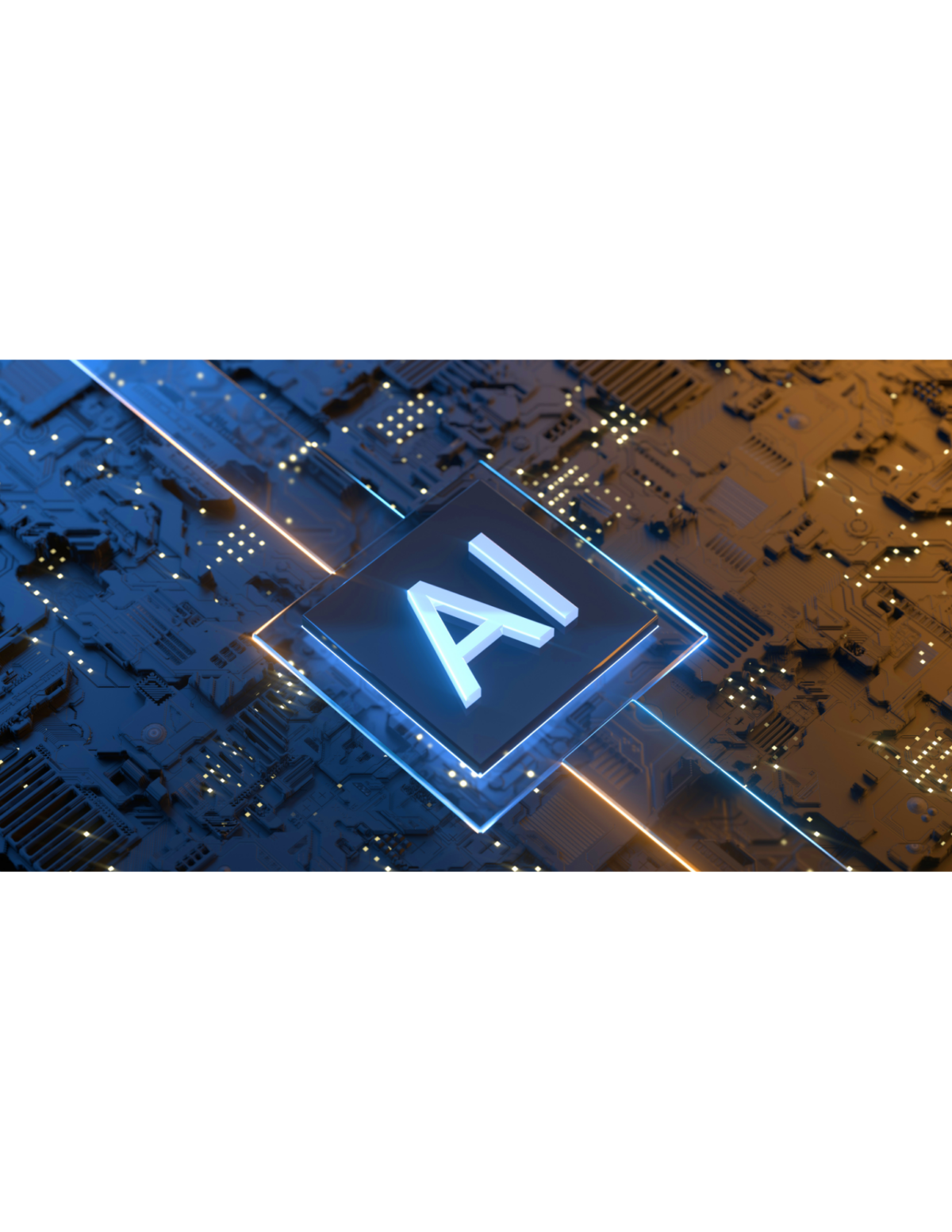As we close out conference season, several key themes emerged around the HR technology landscape—mostly the growing influence of AI. Companies and vendors are struggling with what “AI” really means, especially as it shifts from an emerging technology to an essential part of HR transformation. Some companies are eagerly embracing AI, while others are cautiously observing from the sidelines. Despite the momentum, there’s still a need for clarity around the role of AI in reducing bias, its applications, and data governance. Former Commissioner of the EEOC, Keith Sonderling, put it best when he advised HR leaders to ask two critical questions about AI: Where is the data coming from? (on the vendor) and How is the data being used? (on the employer).
As we enter an era of rapid transformation, it’s time to move forward with AI—responsibly and thoughtfully.
Here are my top takeaways from this year’s conference season:
1. Generative AI: Co-Pilots, Agents, and Assistants- oh my!
Generative AI is dominating the conversation. S&P Global named it their top HR tech priority for 2024, and vendors across the board—Eightfold, Crosschq, SmartRecruiters, LinkedIn, Visier, ServiceNow, One Model, and more—have unveiled new generative AI tools. But with new solutions come new questions: What distinguishes an agent from a copilot? Should companies build their own agent or choose a provider? How do we set expectations for AI in HR, especially around privacy and data use? And what role will Microsoft play in integrating these copilots, if any? The real question is whether companies will be willing to invest in these tools—and how much they’re willing to spend. Or is the expectation that it will be included in the product? Either way, the potential is tremendous with providing a better experience, better decision-making, and seamless integration across systems. What makes these solutions exciting and work is that they have to operate in the workflow of the user experiences.
2. HR Transformation: Back to the Basics
Transformation isn’t just about cutting costs or headcount. For many companies, it’s a return to the baiscs—focusing on integration, ROI, and change management. At HR Tech, I moderated a panel with Kelly Cartwright (Splunk), Melissa Thompson (Ford), and Jennifer Tracy (Spectrum), where we discussed transformation as a continuous journey, not a project with a start and stop. Similar conversations took place in Tim Sackett’s panel with Marriott and Compass- both using Paradox. Companies investing in transformation are also redefining ROI beyond traditional metrics like time-to-fill, recognizing that AI is critical to long-term success.
3. Skills Are Essential—And Here to Stay
The skills conversation may feel exhaustive, but it’s critical. With 90% of companies creating new roles in 2024, a skills-based approach isn’t just about layoffs; it’s also about providing equitable opportunities for employees. Providers are stepping up to simplify the skills journey, making it easier for companies to incorporate skills frameworks now rather than waiting years. At Unleash, I had the chance to speak with Antony Shields, Transformation Partner at EY, who emphasized that meeting companies where they are is key to moving forward. EY partners with Eightfold to support their skills journey.
4. The ATS Market Is Evolving Rapidly
A significant portion of companies are replacing their ATS, and they have more options than ever. It’s not just traditional best of breed providers or HCM providers. Paradox introduced an ATS that’s already being used by companies like McDonald’s and Lowe’s for high-volume hiring. This week Chipotle announced it will be using Paradox to support 3500 restaurants. Eightfold also announced an ATS to enhance talent intelligence, while payroll providers continue to expand their solutions. SmartRecruiters announced Winston, a digital agent which changes the whole ATS experience. This shift in the ATS landscape highlights a growing demand for solutions that are more adaptive and capable of integrating with broader HR strategies.
5. Interview Intelligence and Scheduling: The Game Changer
Scheduling is more than just logistics; it’s about transformation in how interviews are conducted and evaluated. Splunk called interview intelligence through Pillar a “game changer” for improving hiring practices, and our recent research with Pillar shows that companies using interview intelligence see a 65% improvement in turnover compared to just 25% for those who don’t. Many vendors, including HireBrain, the winner of the pitchfest, are pushing this trend forward. Interview scheduling platforms are now offering real-time insights and actionable data, essential for the behavior change required to enhance the interview process.
Favorite Announcements This Year
With so much innovation, several announcements stood out:
- HireEZ – Launched a new CRM feature to enhance sourcing capabilities.
- Paradox – Entered the ATS market and offering career sites as well as recent Chipotle announcement.
- Eightfold – Released Talent Design and Talent Tracking for an enhanced talent intelligence experience.
- One Model – Introduced the Co-Pilot tool for advanced AI-driven insights.
- Service Now– Now Assist the digital agent that creates generative AI experiences.
- Phenom – Expanded into Onboarding to streamline the new hire experience from offer to day one.
- eQ8 – Debuted Wombat, a strategic workforce planning app focused on making it accessible and easier for every company.
- Greenhouse – Announced its Verified and Pave products this year- continuing to innovate in the ATS market.
- SmartRecruiters – Unveiled Winston, an AI recruiting agent to automate candidate engagement.
- Workday – Acquired HiredScore, adding AI-powered sourcing to its portfolio.
As we look ahead, it’s clear that AI, skills, and transformation are reshaping the HR tech landscape. Whether companies choose to dive in or proceed with caution, the potential for AI and other innovations to drive meaningful change is undeniable. It’s time for HR leaders to embrace these technologies thoughtfully, ensuring that each tool aligns with broader organizational goals.
